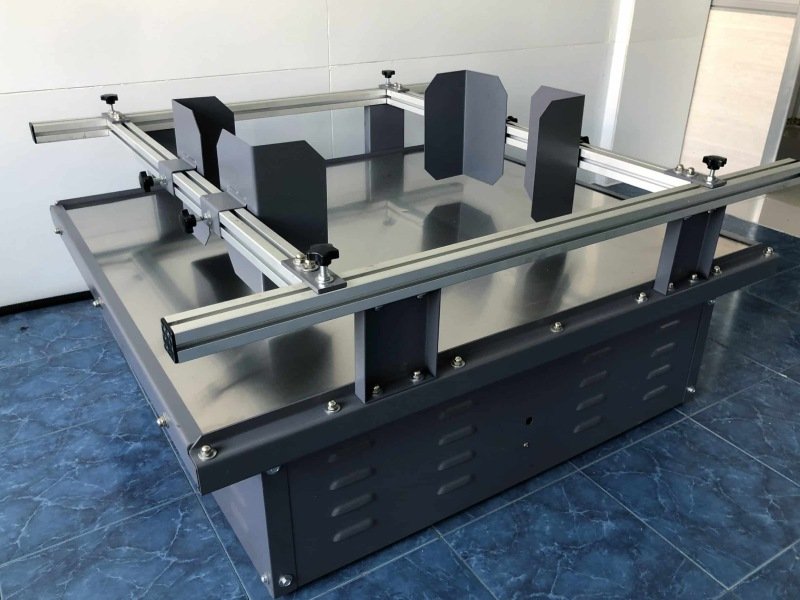When it comes to the manufacturing of electrical cabinet latches, every step in the production process plays a critical role in ensuring the final product meets stringent quality standards. One often-overlooked aspect of this process is the use of foundry returns. Foundry returns, or recycled metal from previous casting processes, are a common practice in metalworking industries. While this approach can offer cost savings and reduce waste, it also has a direct impact on the quality and performance of the finished product, particularly in precision components like electrical cabinet latches.
In this blog post, we will explore how foundry returns influence the quality of electrical cabinet latches, what challenges they pose, and how manufacturers can mitigate potential risks to uphold high-quality standards.
Understanding Foundry Returns
Foundry returns are essentially leftover metal from previous casting operations that are re-melted and reused in new production batches. These materials may include sprues, runners, rejected castings, and other by-products of the casting process. Recycling these materials is an efficient way to minimize waste and lower raw material costs. However, it is important to note that the composition and properties of foundry returns can vary depending on their source and how they have been handled.
In the case of electrical cabinet latches, which are often made from metals such as stainless steel, aluminum alloys, or zinc alloys, maintaining material integrity is paramount. The durability, corrosion resistance, and mechanical strength of these latches depend heavily on the consistency and purity of the metal used.
How Foundry Returns Impact Latch Quality
- Material Purity
One of the biggest concerns with using foundry returns is the potential for impurities. During repeated melting and recycling, metals can accumulate trace elements or contaminants that alter their chemical composition. For electrical cabinet latches, even small deviations in material properties can lead to reduced corrosion resistance, brittleness, or compromised mechanical strength.For example, if a latch is made from an aluminum alloy with excessive iron contamination due to poorly managed foundry returns, it may exhibit lower ductility and increased susceptibility to cracking under stress. This could result in premature failure during operation. - Microstructural Integrity
The repeated heating and cooling cycles involved in reusing foundry returns can affect the microstructure of the metal. Over time, this can lead to grain growth or undesirable phase formations that weaken the material. For electrical cabinet latches, which must endure repeated use and environmental exposure, maintaining a uniform microstructure is essential for reliability and longevity. - Dimensional Accuracy
Impurities or inconsistencies in the molten metal can also affect the casting process itself. Variations in fluidity or solidification behavior may lead to defects such as porosity, shrinkage cavities, or warping. These issues can compromise the dimensional accuracy of electrical cabinet latches, making them difficult to install or reducing their ability to secure cabinets effectively. - Surface Finish
The surface finish of an electrical cabinet latch is not only important for aesthetics but also for functionality. A smooth surface ensures proper sealing and reduces friction during operation. Foundry returns with contaminants or inclusions can result in rough or uneven surfaces, which may require additional machining or finishing processes to correct.
Balancing Sustainability and Quality
While foundry returns can pose challenges to quality control, they are an integral part of sustainable manufacturing practices. The key lies in finding a balance between cost efficiency and quality assurance. Here are some strategies manufacturers can adopt to mitigate the risks associated with foundry returns:
- Strict Material Testing
Implementing rigorous testing protocols for incoming foundry returns is essential. Techniques such as spectrochemical analysis and X-ray fluorescence (XRF) can be used to verify the chemical composition of recycled metals and ensure they meet required specifications. - Controlled Blending
To minimize the impact of impurities, manufacturers can blend foundry returns with virgin metal in controlled proportions. This approach helps dilute contaminants while maintaining consistent material properties. - Advanced Melting Practices
Using state-of-the-art melting equipment with improved temperature control and degassing capabilities can help reduce the inclusion of impurities during the recycling process. Additionally, fluxes or refining agents can be added to remove unwanted elements from the molten metal. - Process Optimization
Continuous monitoring and optimization of the casting process are crucial when working with foundry returns. This includes controlling pour temperatures, mold designs, and cooling rates to minimize defects and ensure uniformity in the final product. - Regular Quality Audits
Conducting regular quality audits on finished electrical cabinet latches helps identify any issues stemming from material inconsistencies early on. Non-destructive testing methods such as ultrasonic testing or dye penetrant inspection can be particularly useful for detecting hidden defects.
The Bottom Line
The use of foundry returns in manufacturing electrical cabinet latches offers undeniable environmental and economic benefits. However, it also requires careful management to prevent compromises in quality. By implementing robust quality control measures and leveraging advanced technologies, manufacturers can ensure that their products maintain high performance and reliability standards while supporting sustainability initiatives.
Ultimately, a commitment to balancing cost efficiency with uncompromised quality will not only enhance customer satisfaction but also strengthen a company’s reputation in an increasingly competitive market. For industries relying on precision components like electrical cabinet latches, this balance is a cornerstone of long-term success.







